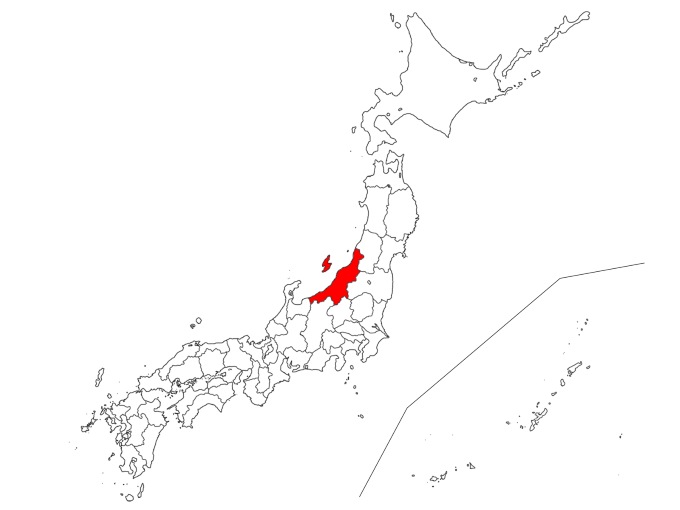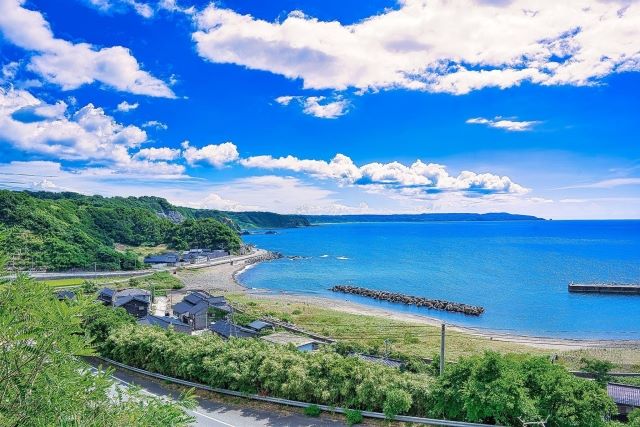1.Basic Information
Sado Island, since ancient times, has been a place of exile for many intellectuals and cultural figures. Nobles and samurai’s cultures have merged here, creating a unique history. Particularly, the traditional Japanese performing art of “Noh” is very popular here, boasting the highest number of Noh stages in Japan. The island was once the leading gold producer in Japan with its gold mine, but it was closed in 1951. You can still learn about the history of the gold mine at the museum. Sado Island, rich in history and culture, is known as an attractive tourist destination.
Sado Gold Mine (Sadokinzan)
Opened in 1601, Sado Gold Mine has a long history of nearly 400 years. It became a territory of the Tokugawa Shogunate in 1603, and gold and silver were mined, supporting the finances of the Edo Shogunate. Although mining was suspended in 1989, numerous remains still exist within the rich nature, many of which are designated as national important cultural properties or historical sites. The total length of the mined tunnels is about 400km, and 78 tons of gold and 2,330 tons of silver were produced.
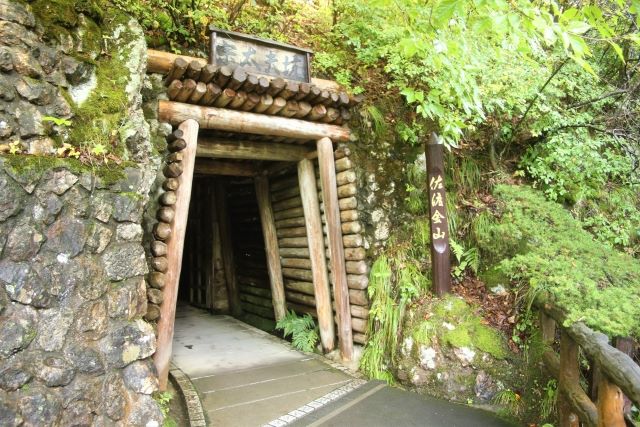
Kitazawa Flotation Plant (Kitazawahuyusenkoujyou)
This was Japan’s first full-fledged facility to separate gold and silver ore from waste material. It was once referred to as the best in the Orient, but now it is an industrial heritage site. Seasonal lighting and projection mapping are held, enchanting visitors.
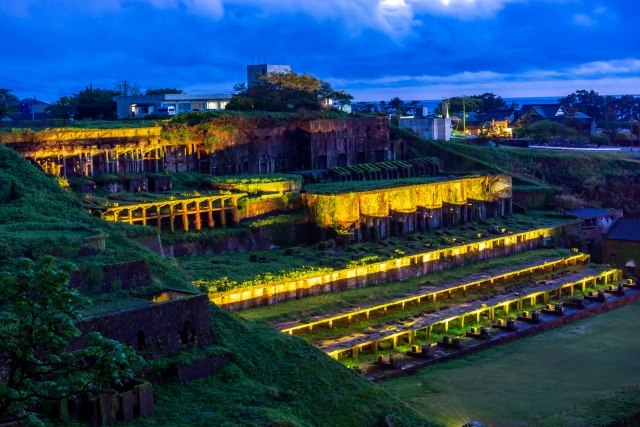
Senkaku Bay (Senkakuwan)
Senkaku Bay is a beautiful scenic spot on Sado Island, with beauty comparable to the fjords of Northern Europe. It consists of five small bays along a 3km coastline, with the magnificent landscape of sharp cliffs around 30m high. This area is a marine park, and there are many tourist facilities.
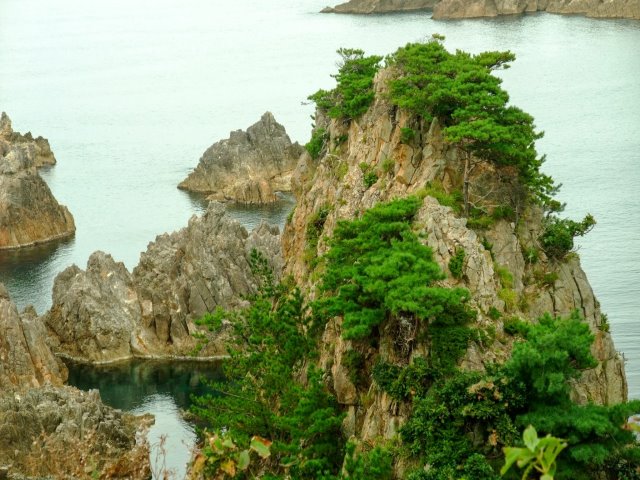
Blue Cave (Aonodoukutu)
Ryuuoudou, the largest submarine lava cave on Sado Island, is called the “Blue Cave of Sado” because, like Italy’s Blue Cave, the sea glows a beautiful blue on sunny days. Due to landslides in the surrounding area, you can only visit it on a tour.
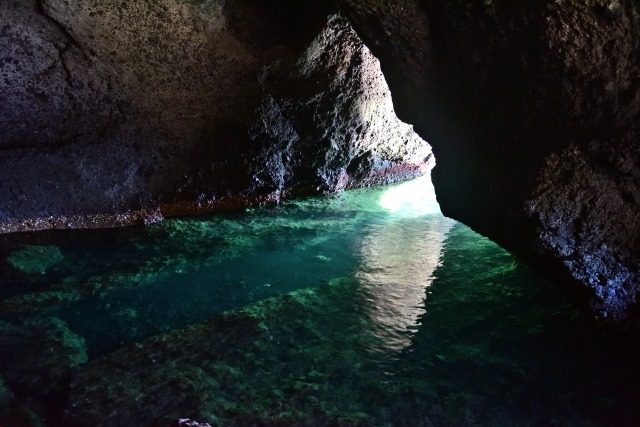
Meotoiwa (Wedded Rocks)
The Wedded Rocks at Nanaurakaigan consist of two massive rocks, with the husband’s rock on the right standing 22.6m tall and the wife’s rock on the left at 23.1m. These rocks, which seem to nestle against the waves, are widely believed to bring good luck in marriage.
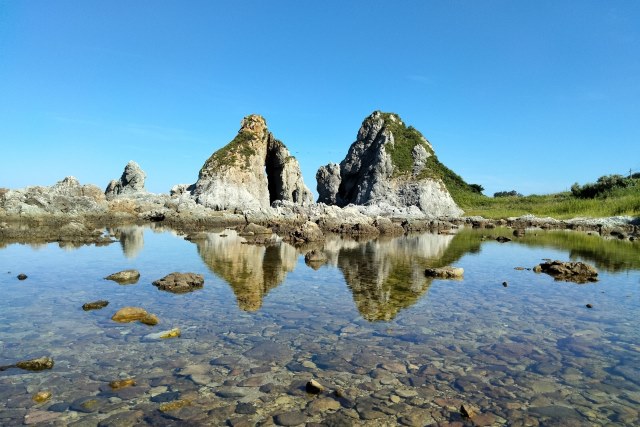
Crested Ibis (Toki)
The Crested Ibis (scientific name: Nipponia nippon) is a rare bird protected in several countries, including Japan. Once on the brink of extinction, its numbers are recovering due to conservation efforts. They are found in China, Japan, and Korea, and on Sado Island, artificial breeding and release have been conducted since 2008, with numbers still increasing.
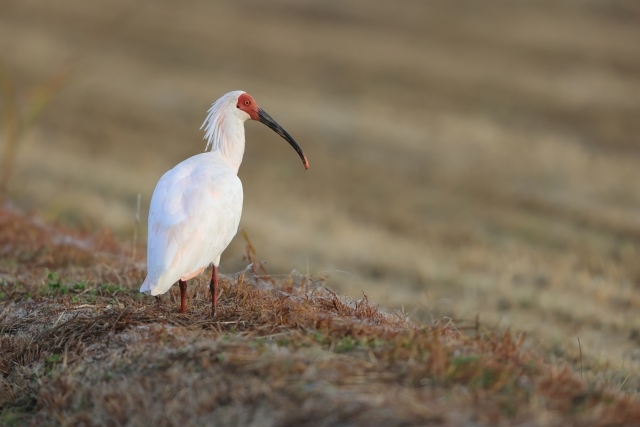
Sado Devil Drum (Sadoonidaiko)
The Devil Drum is a traditional ritual that combines devils, lions, flutes, drums, etc., to pray for a good harvest, big catch, and safety of the household. This ritual is still performed in about 125 villages, and it has evolved uniquely in each place, making no two Devil Drums the same. The festival is mainly held in spring and autumn, especially on April 15th and September 15th.
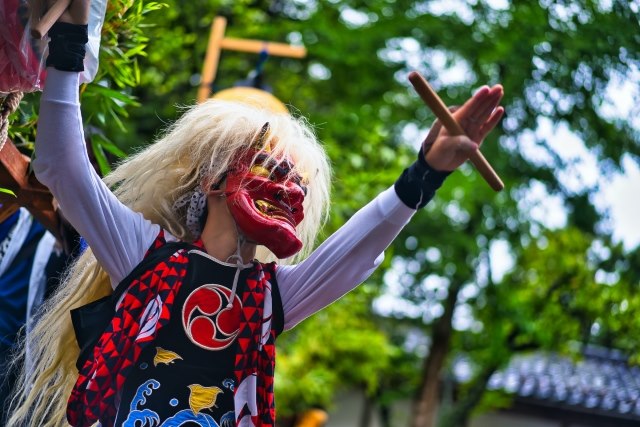
Taraibune (Tub Boats)
Taraibune were devised from the Edo to Meiji period as a response to changes in the landscape caused by earthquakes. The reefs and small inlets created by these earthquakes became abundant fishing grounds for shellfish and seaweed but were difficult to fish with traditional boats. Therefore, the taraibune, an improved washbowl, was practical. On Sado Island’s Ogi Coast, these boats are still used for fishing, and tourists can experience riding in them.
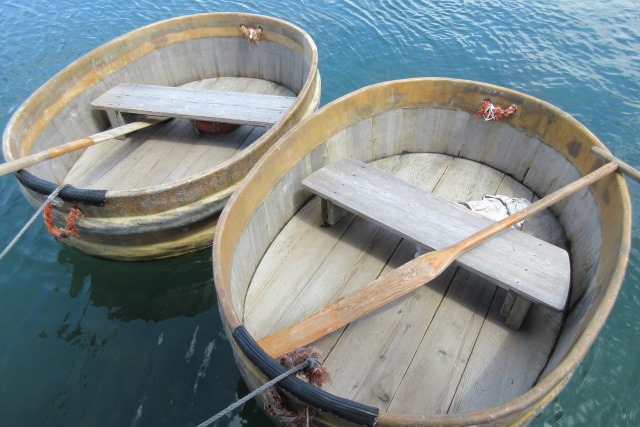
2.Reviews
Ameya’s Pier (Ameyanosanbashi)
You can reach this pier by car in about 30 minutes from Ryotsu Port. It is a popular photo spot with a fantastic view of the pier stretching into the sea. Recommended for those who want to take picturesque photos.
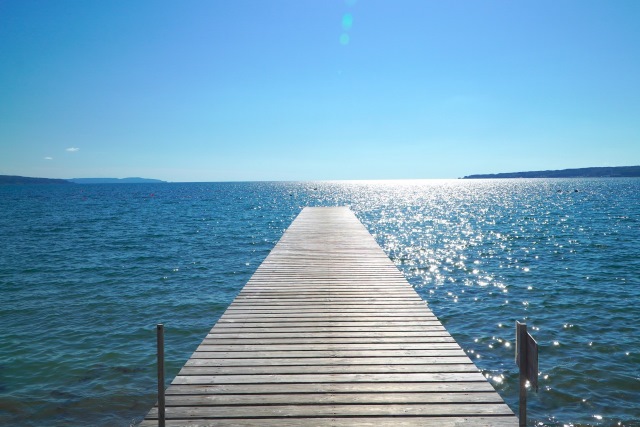
Otowaike Pond
Located near the Ohira Plateau of the Osado Skyline, Otowaike Pond offers a mystical natural landscape. It has Japan’s largest floating island, with more than 20 types of plants growing on it. The heart-shaped hole in the floating island creates a romantic atmosphere. Recommended for those who are renting a car to stop by during the drive.
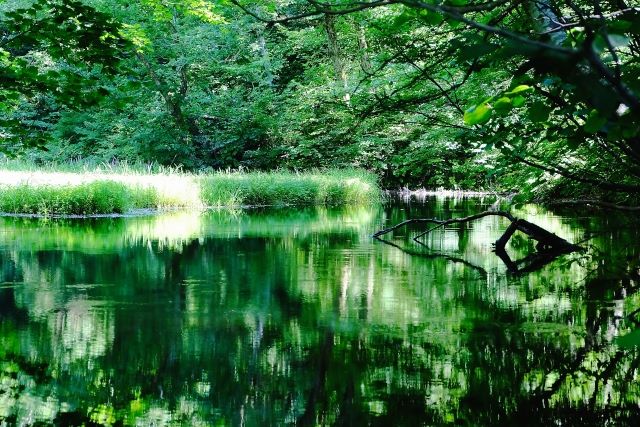
3.Local Food



4.Transportation Information
You can get to Sado Island by taking a boat from two ports in Niigata Prefecture (Niigata Port, Naoetsu Port). There used to be an airplane route, but now the boat is the only means of transportation.
Sado Kisen Official Website (available in English, Korean, Simplified Chinese, Traditional Chinese, Russian)
https://www.sadokisen.co.jp/
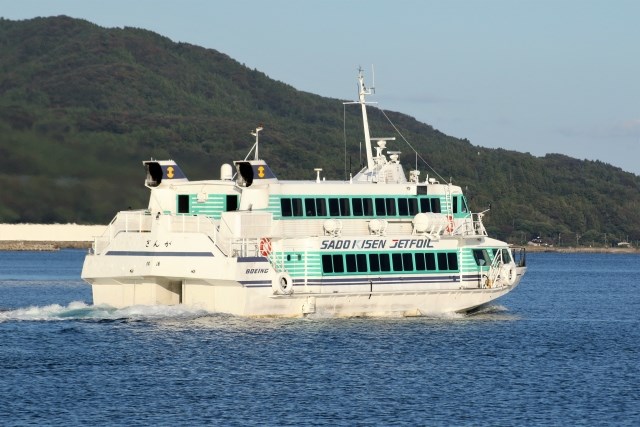
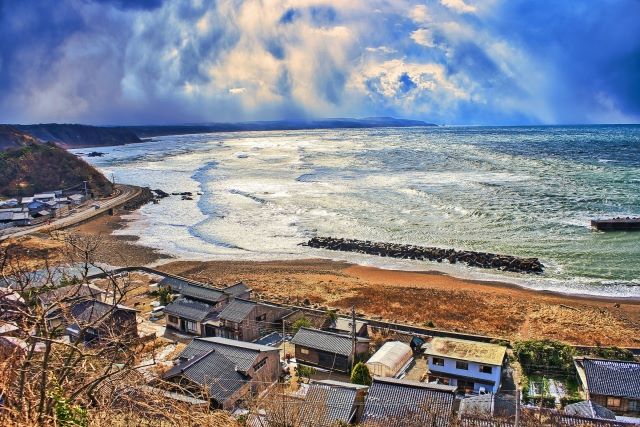
5.Map Information
Sado Island is 854.76km² in area, second in size only to Okinawa Main Island. In winter, there is snowfall due to seasonal winds from the Sea of Japan, but the southern side is warm with little snow. The influence of warm currents also makes the winter temperatures higher than Niigata City across the bay, while summer is cool.
